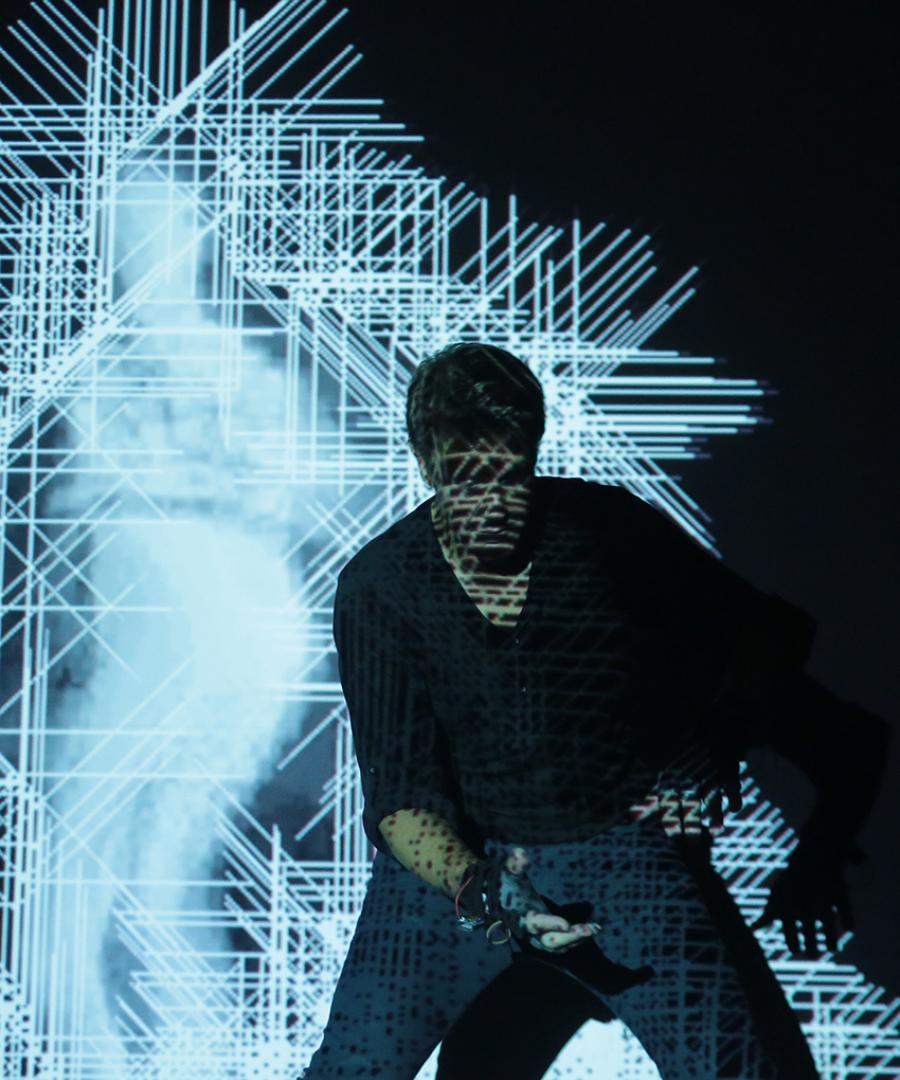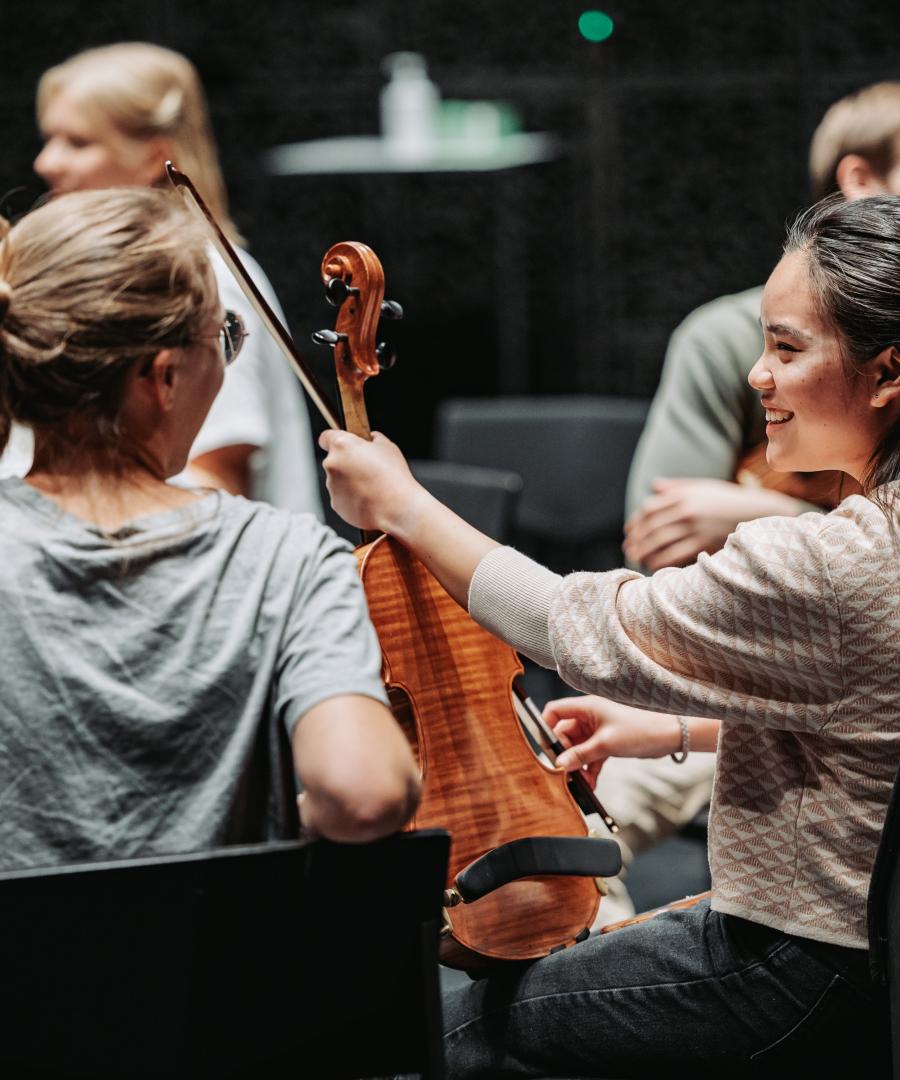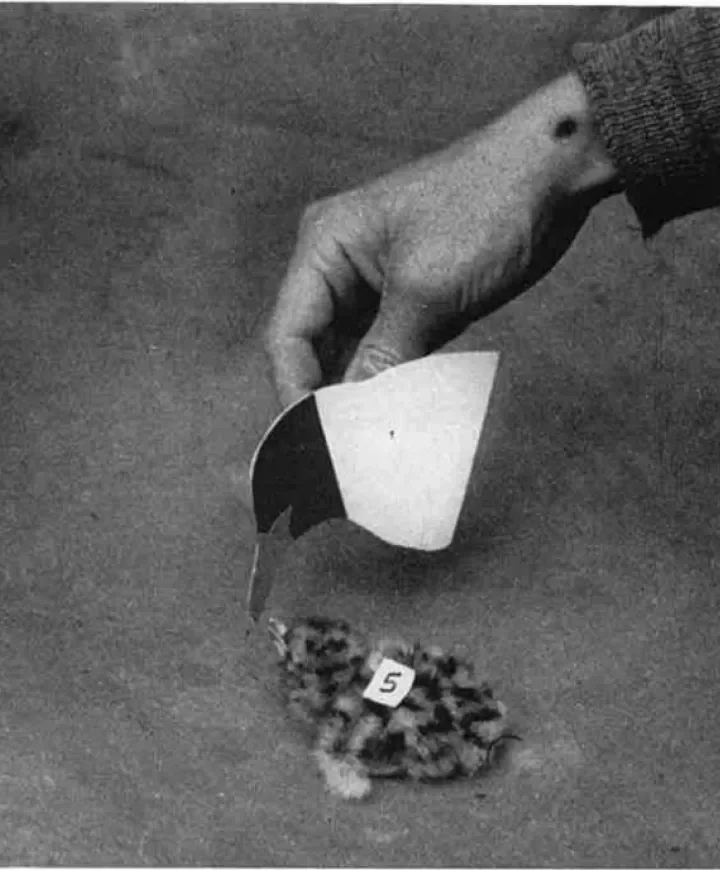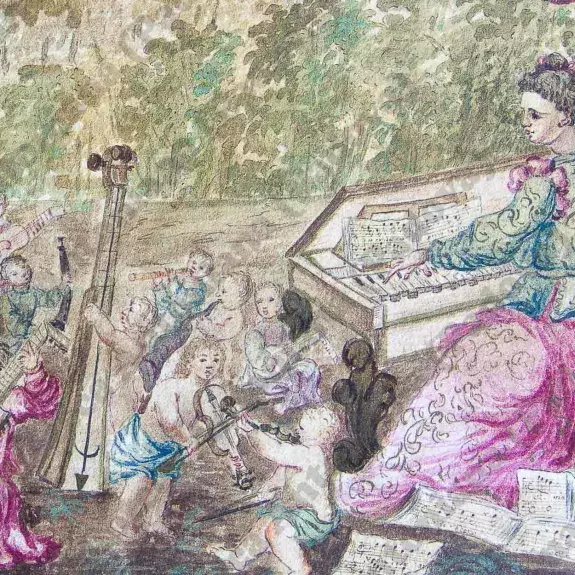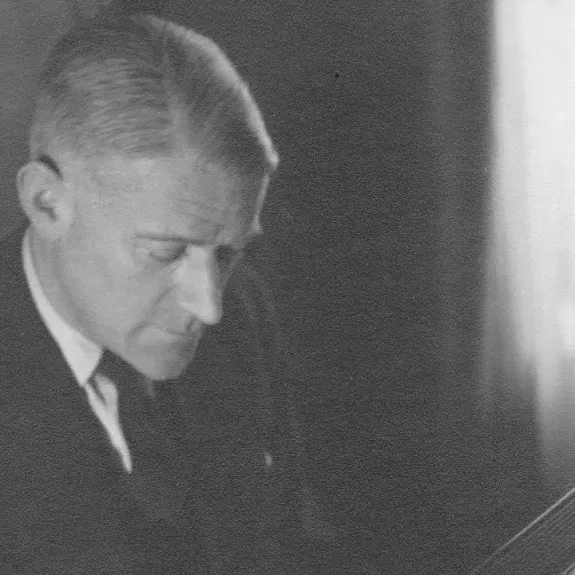- Studies
- Disciplines
- Research
- Events
- The school
Filming behavior
Person(s) in charge
Chistropher Kihm
Partners
Haute école d'art et de design (HEAD-Genève)
Start date: 2024
Presentation of the project
The emergence of ethology and communication science is associated with new ways of observing and analyzing animal and human behavior, based on the systematic use of film. In the years following the Second World War, ethologists Konrad Lorenz and Nikolaas Tinbergen and communication theorists Gregory Bateson and Ray Birdwhistell systematized the analysis of moving images, establishing the analytical and theoretical framework for two sciences of which they are the founders.
Lorenz, Tinbergen, Bateson and Birdwhistell share a natural history method that limits data collection to what can be observed empirically: behavior in situation. With film, this method is associated with the search for patterns, microscopic scales of analysis, frame-by-frame processing of brief sequences, and multiple viewings.
The study of a corpus of 12 films made by the four researchers will enable us to understand the importance of the filmed image in scientific observation practices, as well as its role in the development of new disciplines. The project will pay as much attention to the physical and technical conditions of filming (film locations, observation equipment used, field devices), as to the processing and exploitation of filmed data (choice of sequences and images, working documents, published analyses).
The visual and textual elements collected by this study will be organized and then exploited thanks to a bilingual database that will help to grasp the emergence of the image as a new site of scientific observation, as well as the impact of the use of film on the definition of behaviors studied by ethology and communication on analytical and theoretical levels.
Establishing precise links between what is seen and what is said by the researchers will enable us to reconstruct the construction of the epistemological framework of the new naturalisms that emerged in the mid-twentieth century, and to understand how the making of scientific films for research in communication and ethology produced new ways of seeing and new knowledge.
By identifying content that the authors have not seen or selected in the images, we will reflect on the possibilities of observing and describing behavior in order to nourish contemporary scientific approaches.


